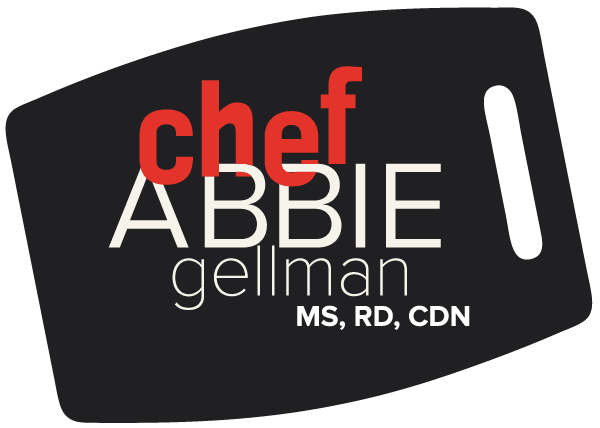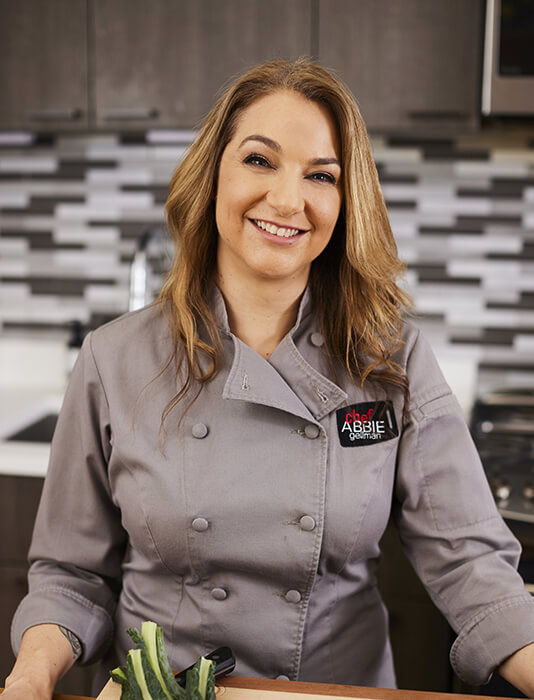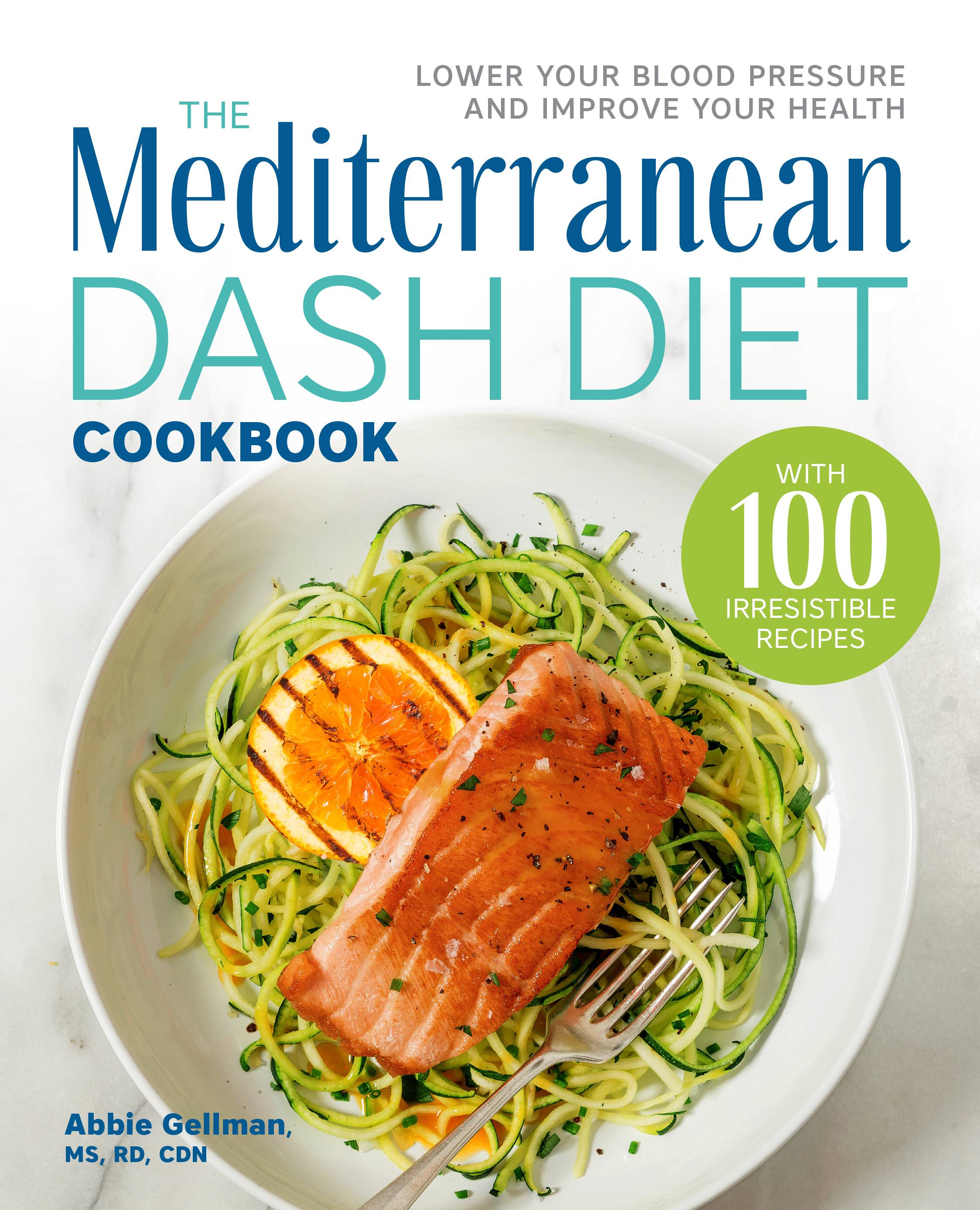Vegetarian Pasta Salad with Dijon Vinaigrette
This simple Vegetarian Pasta Salad with dijon vinaigrette is colorful, fresh and satisfying. You can use different kinds of veggies and pasta shapes. Chickpeas, beans, or lentils are a great addition as well and a delicious way to eat more plant-based protein. And this is so easy – a perfect addition to your weekly meal prep!
Vegetarian Pasta Salad
My Vegetarian Pasta Salad starts with a basic vinaigrette, which is one part acid to three parts oil. Here I am using olive oil and white wine vinegar with Dijon mustard which acts as a great emulsifier. Emulsifiers have an affinity for both water and oil and therefore can combine the two substances that usually repel each other. Feel free to add your favorite dried herbs like basil, thyme, or oregano to the dressing. For a kick you could also add cayenne pepper or red pepper flakes.
Think of this Vegetarian Pasta Salad recipe as an outline and feel free to fill in the details. A variety of vegetables, both raw and cooked, would taste delicious in this recipe. Here I am using zucchini, red onion, red bell pepper, and parsley. I like to include a variety of colors in order to get as many different phytonutrients as possible. If you need help cutting an onion, check out my how-to video here.
This Vegetarian Pasta Salad tastes even better after a few hours of sitting in the refrigerator, allowing the pasta and veggies to soak in the vinaigrette.
Food Safety
Abusing time-temperature control is the most common cause of foodborne illness. Understanding how long to leave food out and how to minimize the time a food spends in the “danger zone” can help keep you, your family, and friends protected. The danger zone refers to internal food temperatures between 41 degrees F and 135 degrees F when harmful pathogens are growing most rapidly and have the potential to reach harmful levels. Food should not be left in the “danger zone” for longer than 2-4 hours, but this also includes the time it takes for foods to return to the safe zones. Remember that when we put food back in the refrigerator it takes a while to reach a cooler internal temperature, the change isn’t immediate.
Certain foods provide a more desirable environment for pathogen growth than others; we call these TCS foods. In general TCS foods have higher protein or carbohydrate content, higher moisture levels, and moderate-low pH range (from neutral to slightly acidic). This means we need to be extra careful about foods such as meat or fish, eggs, dairy, cooked vegetables, certain sliced fruits, etc.
Food Safety and Picnics
My Vegetarian Pasta Salad is a great addition to a summer picnic, but summer picnics can be vulnerable settings for foodborne illness. In the heat of the day it is often hard to properly temperature-control foods. On top of that, after spending many hours outside under the sun we get hungry and want to munch on the foods we brought, even if they have been sitting in the danger zone longer than the maximum four hours. This pasta salad uses few TCS foods- no cheese or mayonnaise- but the fresh cut vegetables and high carbohydrate content still make it vulnerable to pathogens. Add this to your summer menu, but as with all foods, take precautions when outdoors!
A Few Tricks
Raw red onions are a flavorful addition to any dish, but sometimes they can be a bit spicy and intense. To mellow them out, soak your chopped red onions in an ice bath for about 10 minutes before draining and adding to your Vegetarian Pasta Salad.
If you are someone who hates chopping parsley, I have another trick for you. Place your cleaned parsley in a blender and cover with water. Turn on the blender for about 15-20 seconds, then pour the water and chopped parsley through a cheese cloth or clean paper towel. Squeeze away excess water and you will have perfectly chopped, fine parsley. You can also use a food processor without water.
What is Resistant Starch?
Resistant starch is a type of fiber (carbohydrate) just like soluble and insoluble fiber. It functions much in the same that soluble fiber does. Resistant starch cannot be digested by enzymes in the upper digestive tract (stomach or small intestine) so it travels to the large intestine where it is fermented by good bacteria into a short chain fatty acid called butyrate (along with a few other types). Butyrate is helpful for promoting the health of our gut cells and may also be important in preventing colon cancer (1). Resistant starches may also help those with metabolic disorders like type 2 diabetes improve glucose response and reduce disease complications (1).
Scientists recognize five different groups of resistant starch, including bread or pasta made with coarsely ground or whole kernel grains like semolina; uncooked potatoes or green bananas; and starches that have been cooked and cooled in the refrigerator. Real life is different than a laboratory of course, and we have to recognize that starch digestion is affected by the preparation of the starch, the inherent starch structure, and also what we eat with the starch (e.g., fats can influence the digestion and availability of starches).
I mention this in conjunction with my Vegetarian Pasta Salad recipe, because by boiling the pasta, preparing the salad in advance and then refrigerating before consuming you can actually increase the amount of resistant starch in your diet.
Similar pages:
Looking for more ways to experiment with resistant starch? Try leftovers from my Mac and Cheese with Cottage Cheese, Lentil Bolognese, or White Bean Romesco.
References:
- Birt DF, Boylston T, Hendrich S, et al. Resistant starch: promise for improving human health. Adv Nutr. 2013;4(6):587-601.

Ingredients
Pasta Salad:
- 1 box 14.5 ounces whole wheat elbow noodles
- 1 bell pepper diced
- 1 english cucumber or 2 persian cucumbers diced
- ½ red onion diced
- 1 bunch parsley chopped
- Optional: any other vegetables you like
- Optional: feta cheese or other cheese you like
Dressing:
- 1/3 cup extra virgin olive oil
- ¼ cup white wine vinegar
- ½ teaspoon salt
- ¼ teaspoon ground black pepper
- 1 tablespoon Dijon
Instructions
- Cook pasta according to package directions. When cooked, drain and set aside in colander.
- Make dressing in a large bowl. Whisk and add vegetables to the bowl, mix well. Add pasta and mix well. Optional: add cheese.






